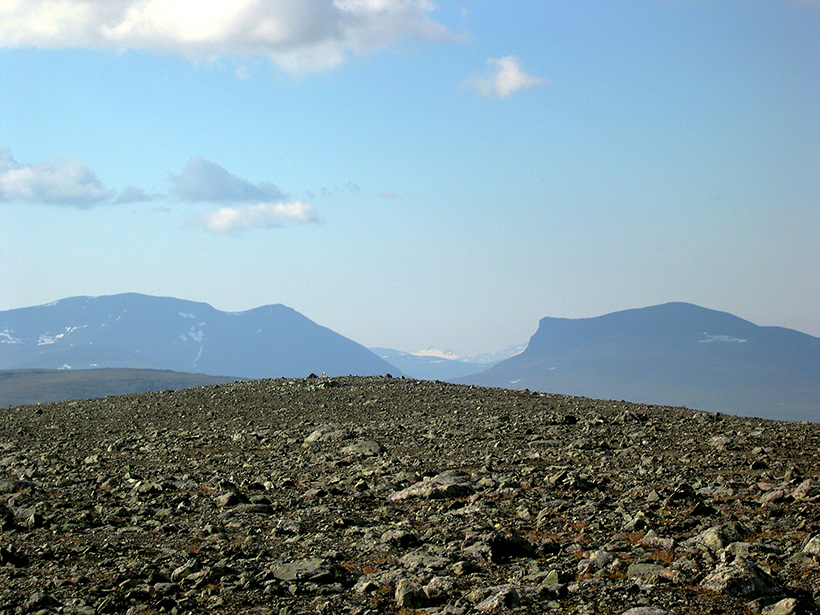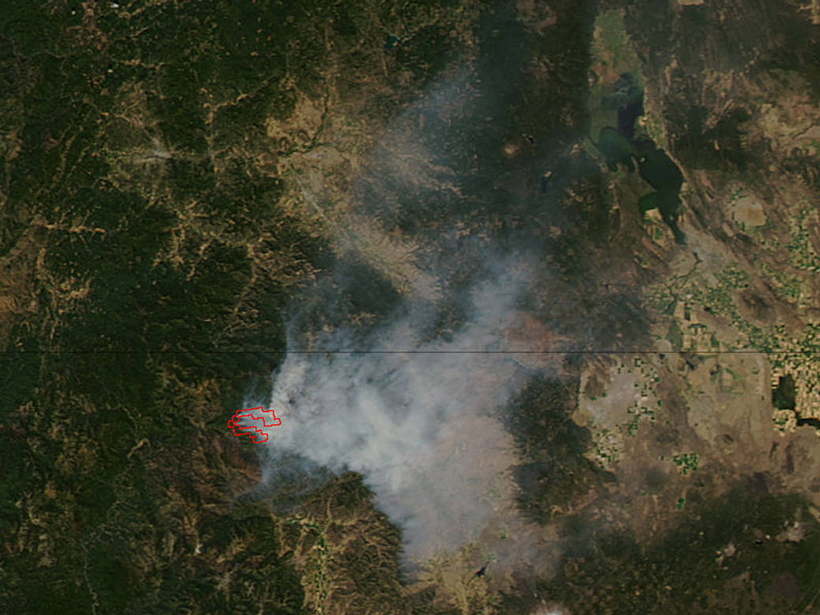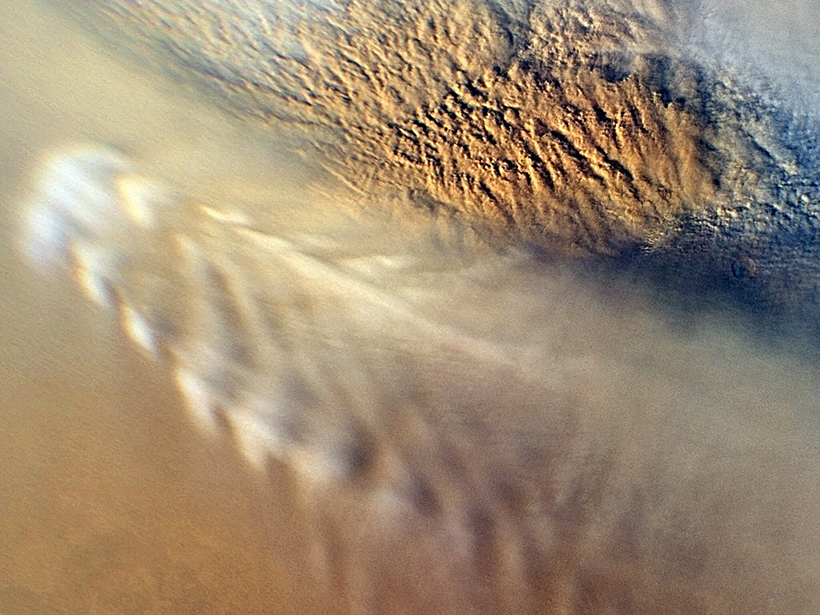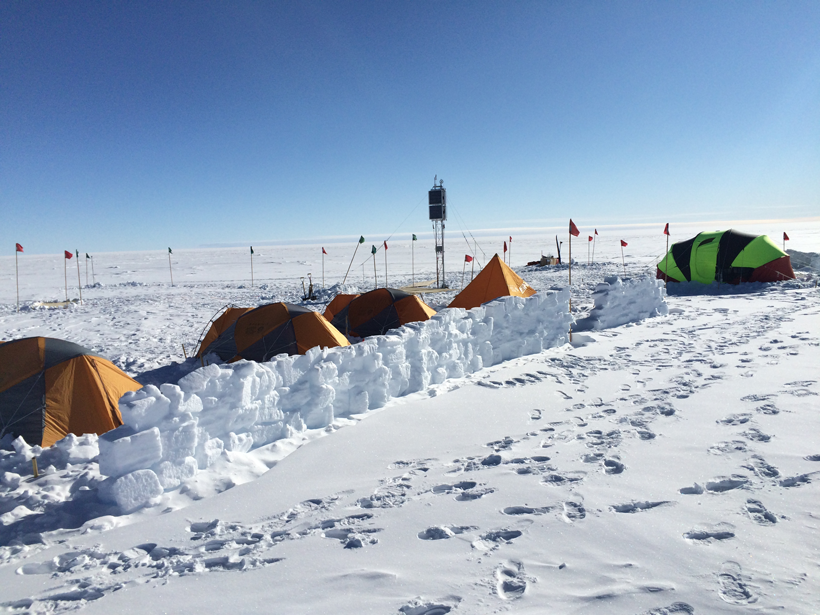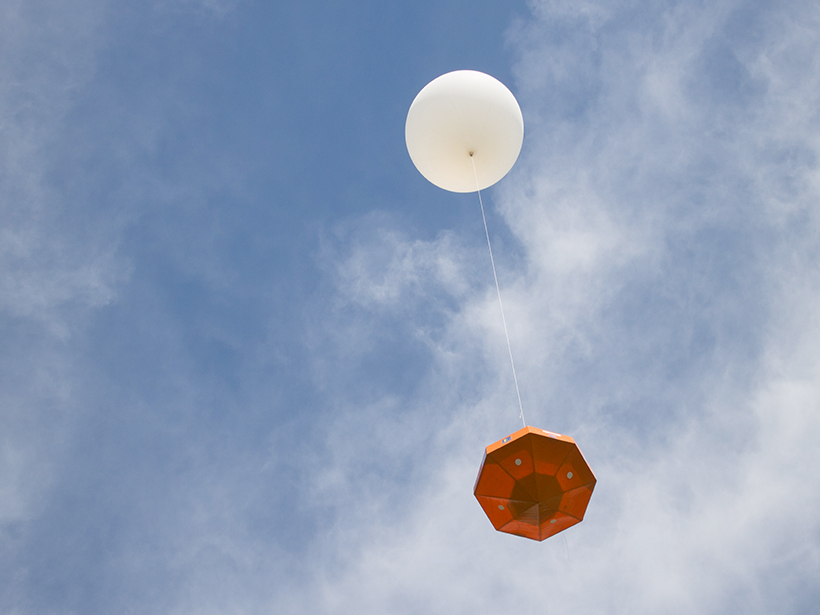The resonant vibrations of the Ross Ice Shelf in Antarctica are disturbing the atmosphere above it, creating huge ripples.
everything atmospheric
Deciphering the Cosmogenic Code to Learn Earth's Surface History
Third Nordic Workshop on Cosmogenic Nuclide Techniques; Stockholm, Sweden, 8–10 June 2016
Fighting Fire with Satellite Data
As climate change worsens wildfire impact, scientists use satellites to study climate-fire interactions.
Isotopes Track Carbon Cycle in Northern Wisconsin Wilderness
Researchers collected carbon from 3 years' worth of air samples and traced it back to its source.
Mars's Atmosphere Matches Earth's Turbulent Nature
Mars is even more like Earth than we thought, according to a statistical analysis of the planet's swirling atmosphere.
Clouds in Climate Models of a Simulated Water-Covered Earth
Researchers use aquaplanet experiments to zero in on the effects of small-scale processes in the tropics that cause discrepancies between climate models.
Space Weather from a Southern Point of View
A recently completed instrument array in Antarctica provides a more complete understanding of the near-Earth space environment.
Volcanic Ash Contributes to Climate Cooling
A new study shows that atmospheric ash reflects solar radiation months after volcanic eruptions.
Pluto Observers Find Possible Clouds, Remarkably Bright Surface
Smudges on images could be clouds that form at dawn and dusk, scientists report, and measurements of high reflectivity of Pluto’s “heart” add new evidence of a geologically young surface.
Balloon Launches Introduce Students to Space Science
High school students launch their own high-altitude payloads and learn from their successes and failures through a science research training program led by the University of New Hampshire.


